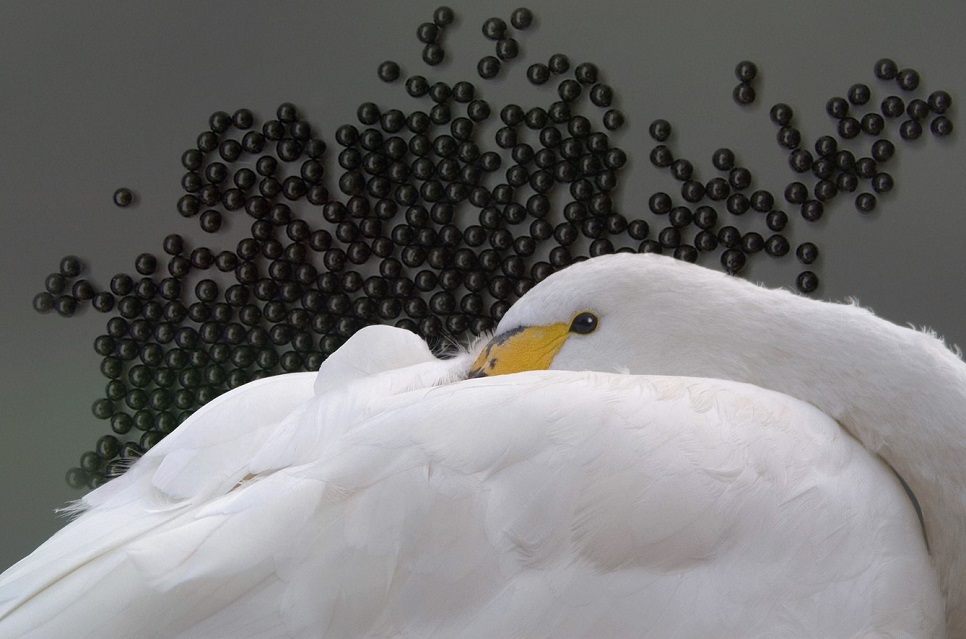Spring begins for butterflies and bees.
It feels as if spring finally started last Sunday. Warmer temperatures and the sunshine arrived on the final day of the Easter holiday break at WWT Arundel Wetland Centre.
The reedbed was alive with warblers on my Sunday morning rounds. I heard the blast of song from a cheeky Cetti’s warbler, who kept hoping around the willows of the reedbed carr woodland avoiding my camera. Two willow warblers chased each other around the trees nearby and I heard a sedge warbler singing deep in the reedbed but I could not spot him.
The sunshine also brought out the butterflies. Species that spend the winter in hibernation as adults were lured out by the warm weather. Sulphur coloured brimstones, tatty winged commas and small tortoise shell butterflies were reported all around the reserve on Sunday. I watched buff-tailed bumble bees feed on fuzzy sallow catkins while I walked the pathways watching the leaves unfurling all along the hedgerow. The marsh marigolds along Wetland Discovery have burst into flower and many visitors had good views of water voles here.
The swallows, house and sand martins have returned to the Arun Valley and have begun to trickle through the reserve. We had 10 sand martins on Tuesday and numbers are increasing. We have turned on the recordings of the sand martin colony at our artificial nesting bank in the Sand Martin Hide to attract any young sand martins looking for a new home.
Rowenna Baker with her team from University of Brighton’s Biology and Biomedical Sciences Division are back onsite this week to monitor our water vole population. I am keen to hear how the voles fared over the cold, wet winter. Our own monthly water vole surveys using artificial latrines show the population is increasing and spreading out deeper into the reserve reedbeds. These wooden latrines disks are marked by metal posts daubed with fluorescent paint. You may notice them on your next visit.

